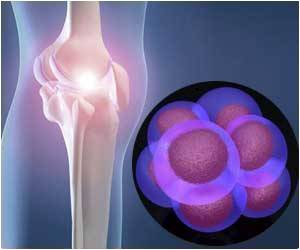University of Leeds researchers have identified a molecule that could halt the formation of long protein strands known as amyloid fibrils.

By using a specialised analytical technique called ion mobility spectrometry-mass spectrometry (IMS-MS), the researchers were able to see at what stage of the process Rifamycin SV prevented amyloid fibril formation. They believe the technique could enable potential drugs to be identified for the many other proteins which form amyloid fibrils, linked to a wide range of human disorders. "Traditional drug design for diseases like Alzheimer's is incredibly difficult because the proteins you're trying to target are changing shape and structure all the time," explains University of Leeds Professor of Structural Molecular Biology, Sheena Radford.
"It's like trying to consistently pick out one bead of a particular shape from box of potentially millions of similar beads. This new technique allows us to see the shape of the protein as it changes, so we can more easily identify exactly which part we need to target."In their normal, folded state, proteins are unable to link together to form long fibrillar assemblies, but if they unfold, they expose areas where they can bind to each other. Initially they form small groups of two, three or four proteins, and then these link into long strands, which twist together to form fibrils.Most analytical techniques can only show the mass of the protein or its make-up in terms of amino acids, neither of which changes as the protein unfolds. Others are unable to look at individual molecules within complex mixtures.
However, IMS-MS can measure the mass and shape of a protein, allowing researchers to watch the unfolding process and the aggregation into small groups and then assembly into the fibril and to find which of these species is able to bind a ligand and stop the assembly process.In the research published today, researchers found that Rifamycin SV stopped the formation of protein fibrils by binding to an unfolded protein molecule with a particular shape, enabling for the first time, an unfolded protein of a particular shape to be identified as a target for the design of new inhibitors of fibril assembly."We're fortunate to be one of the few universities in the UK able to use IMS-MS to study amyloid fibril formation," says Professor of Biomolecular Mass Spectrometry, Alison Ashcroft, who specialises in this type of analysis. "Although fibrils take years to develop in the body, we are able to 'grow' them in hours in the lab. By using IMS-MS to help us map exactly how they are formed, we can better understand the mechanism by which it happens and – we hope – find ways to stop it."
Source-Eurekalert












